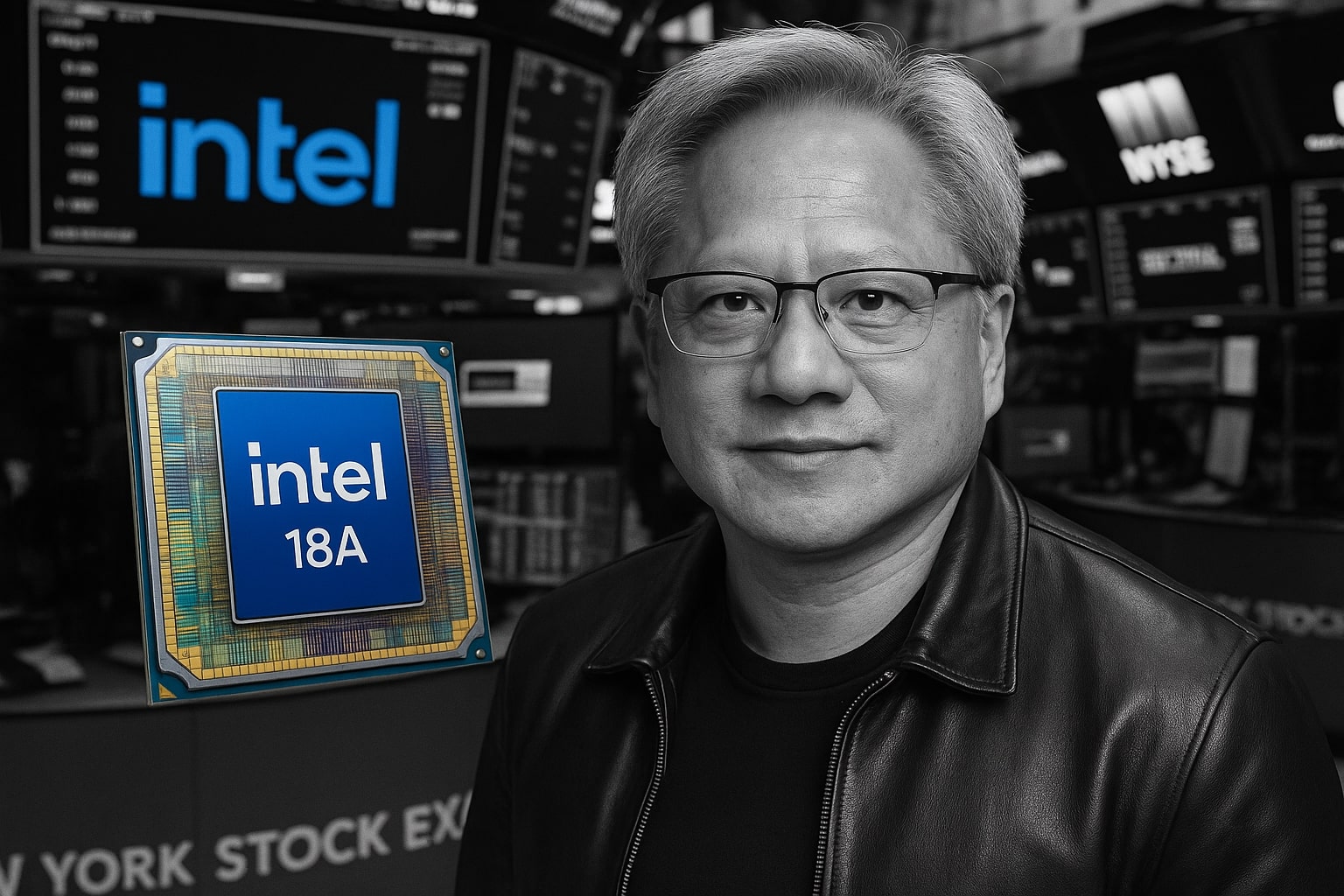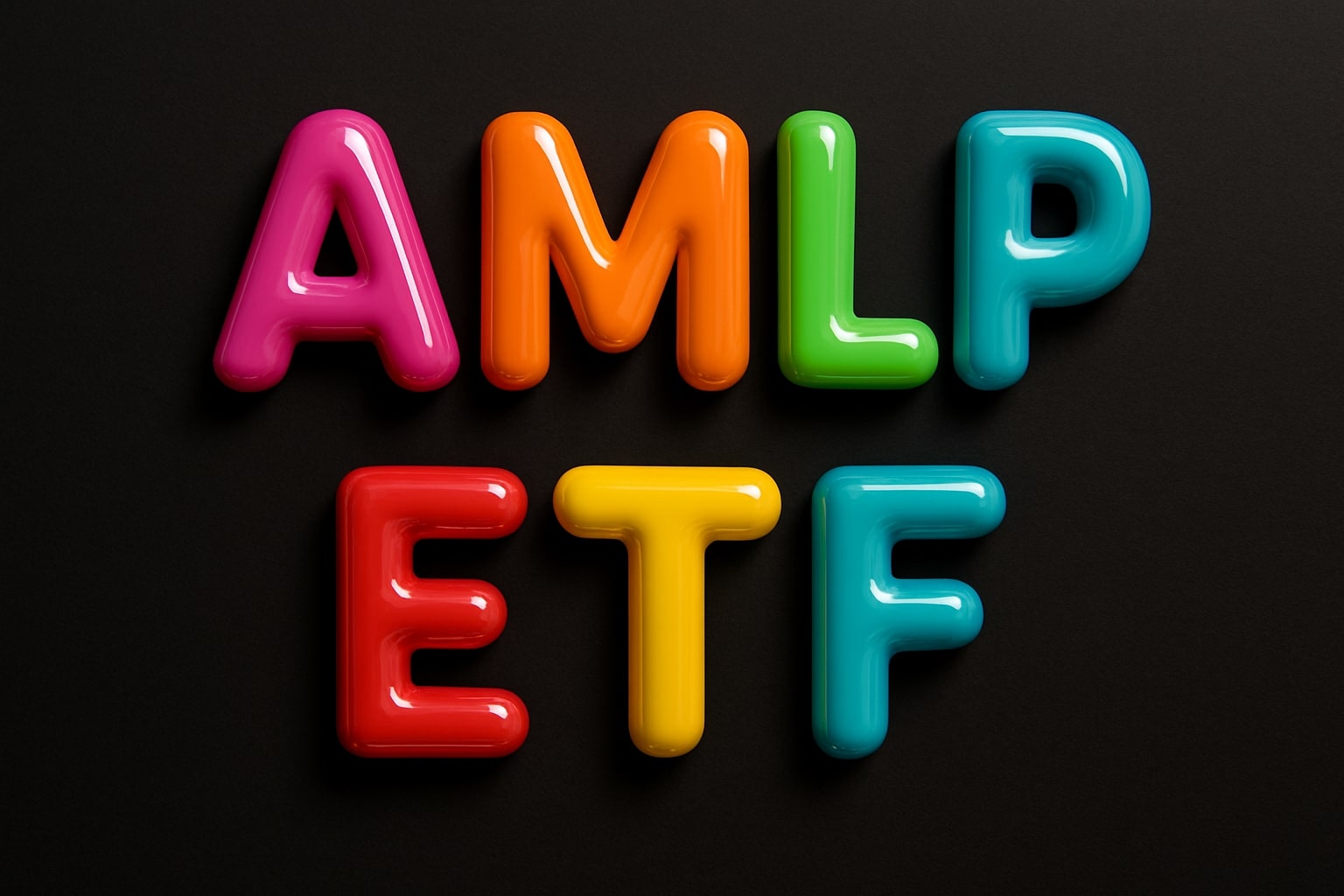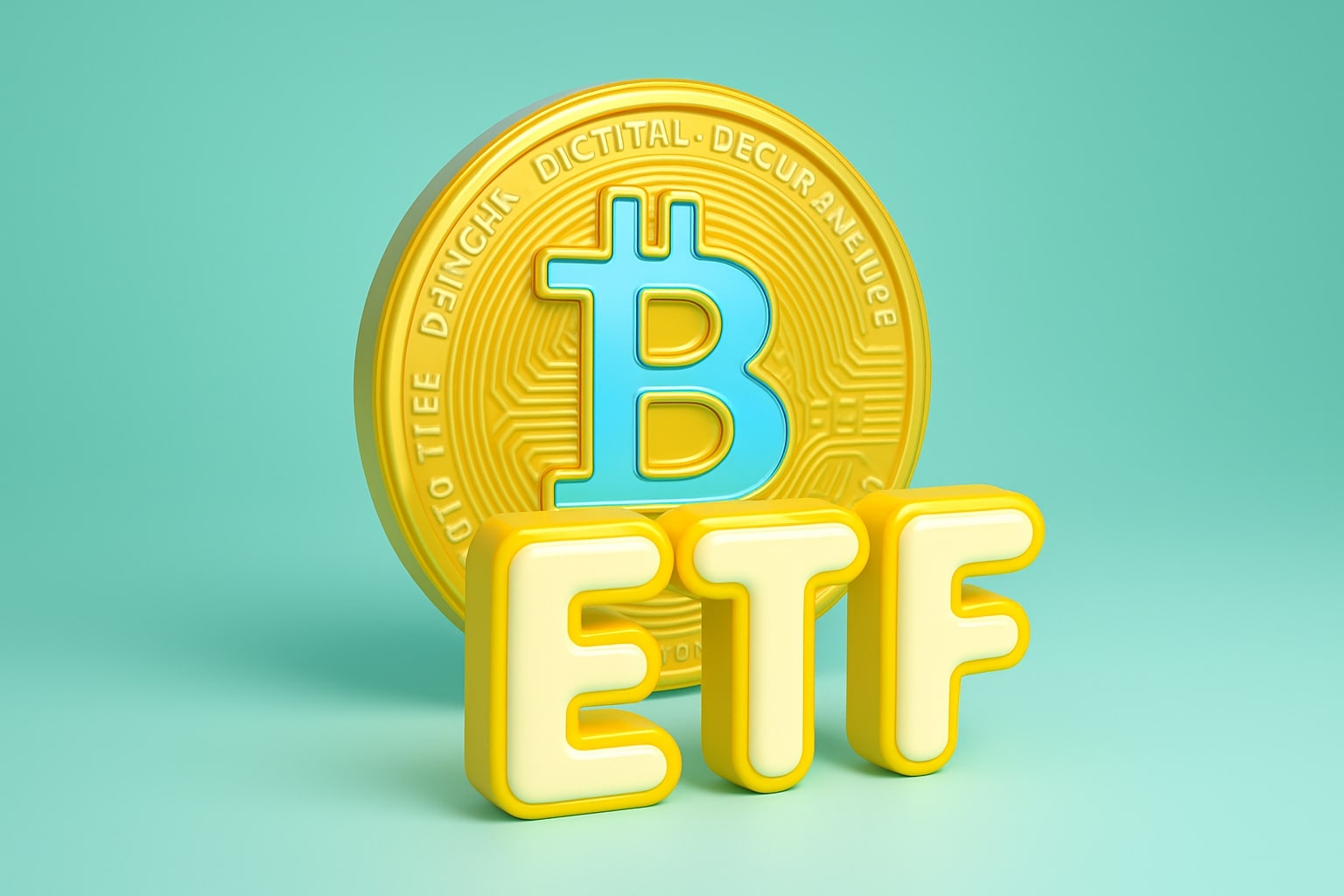
Intel Stock Price Forecast - INTC Soars 107% YTD as $13.7B Revenue and NVDA Partnership Signal Broader AI Market Upside
NASDAQ:INTC hits $41.58 after a $5B Nvidia partnership and record profit growth; AI infrastructure shortages, rising free cash flow, and analyst upgrades drive a new era for Intel’s turnaround momentum | That's TradingNEWS
Intel Stock Price Forecast - INTC Shares Surges on Nvidia Partnership, AI Momentum, and Strong Q3 Turnaround
INTC Stock Price Rebounds Sharply as Market Re-Evaluates Its Role in the AI Supply Chain
Intel Corporation (NASDAQ:INTC) has reclaimed Wall Street’s attention after a historic turnaround quarter, surging to $41.58, up over 107% year-to-date and 81.2% in the last twelve months, far outperforming the S&P 500’s 18.3% gain. Once seen as lagging behind Nvidia (NASDAQ:NVDA) and Advanced Micro Devices (NASDAQ:AMD) in high-performance chips, Intel’s renewed momentum reflects a series of aggressive restructuring moves, strategic partnerships, and balance sheet strengthening under CEO Lip-Bu Tan. Its recent collaboration with Nvidia marks one of the most consequential shifts in the semiconductor landscape this decade.
Intel’s current market capitalization stands at $198.4 billion, supported by rising investor confidence following the company’s return to profitability and a series of AI-driven developments that position it back at the core of the global data infrastructure narrative. The company’s stock, which traded below $20 just two years ago, has doubled as Wall Street reassesses its technological and strategic direction.
Intel’s Strategic Alliance with Nvidia Redefines Competitive Dynamics in AI Infrastructure
The most significant catalyst behind Intel’s surge was the announcement of a $5 billion investment and multi-year partnership with Nvidia, aimed at developing a new generation of x86 CPU server chips integrated into Nvidia’s GPU ecosystem. This partnership links Intel’s Xeon 6 processors with Nvidia’s NVLink architecture, creating a unified AI supercomputing framework that can deliver exceptional processing efficiency. The deal could open a $50 billion total addressable market for Intel by re-establishing its presence in hyperscaler and enterprise data centers where it once dominated.
Under the agreement, Intel’s chips will directly complement Nvidia’s GPU clusters — critical for AI inferencing, large language models, and edge computing. This partnership effectively positions Intel not as a rival, but as a structural enabler in Nvidia’s expanding AI empire. Both companies also plan to collaborate on custom x86 system-on-chips (SoCs) for edge AI systems, potentially reversing years of market share erosion to AMD.
Intel’s Panther Lake CPUs, scheduled for launch by the end of 2025, will be among the first to leverage this collaboration. Management expects the architecture to improve power efficiency by up to 80% compared to existing servers — a figure that could accelerate adoption among hyperscalers seeking to curb energy costs in large-scale AI workloads.
Q3 Financials Confirm Intel’s Comeback with Solid Revenue, Profit, and Cash Flow Growth
Intel’s Q3 2025 earnings confirmed a major operational recovery. The company reported revenue of $13.7 billion, a 3% year-over-year increase, beating analyst expectations and marking the fourth straight quarter of exceeding guidance. Net income soared 124% YoY to $4.06 billion, while operating expenses fell 19.7% to $4.36 billion, reflecting the cost discipline initiated under Lip-Bu Tan’s leadership.
Earnings per share (EPS) came in at $0.23, up 150% year-over-year, beating consensus estimates and underscoring a leaner, more profitable structure. Intel’s free cash flow surged to $4.59 billion, a 258% increase, despite heavy capital expenditure linked to the Intel 18A manufacturing process ramp-up. The company’s net profit margin of 29.8% demonstrates a stark reversal from its pandemic-era lows.
Intel’s balance sheet remains robust with $30.9 billion in cash, $204.5 billion in total assets, and $87.8 billion in liabilities, marking a 1.17x net debt/EBITDA ratio — an unusually strong figure for a company of its scale. Notably, Intel received $5.7 billion from the U.S. government, $2 billion from SoftBank, $4.3 billion from the sale of Altera, and a $900 million divestment from Mobileye to further strengthen liquidity.
Data Center and AI Segment Revival Marks Structural Turning Point
Intel’s Data Center and AI Group (DCAI) delivered $3.8 billion in revenue, slightly below last year’s levels but significantly stronger than expected amid a competitive environment. The decline was largely due to supply constraints rather than weak demand — a crucial distinction that signals strong underlying growth potential.
The company confirmed that AI chip demand currently exceeds supply, and the shortage is expected to persist through 2026, validating Intel’s capacity expansion efforts and its partnerships with Nvidia and Dell Technologies. The new Panther Lake and Xeon 6 platforms are expected to power next-generation AI and cloud servers used by hyperscalers such as Amazon, Google, and Meta.
Intel’s Client Computing Group (CCG), which includes its PC and laptop segment, generated $8.5 billion in quarterly revenue, reflecting stabilization after years of contraction. The recovery in this segment provides Intel a cash flow buffer as it channels billions toward AI and foundry expansion.
Intel 18A Process and Foundry Expansion Secure Long-Term Competitiveness
Intel’s manufacturing arm, Intel Foundry Services (IFS), is also showing clear progress. Although revenue declined 2% year-over-year, operating losses narrowed by 79%, reflecting greater efficiency. The new Fab 52 facility in Arizona, designed for Intel’s cutting-edge 18A wafer process, became fully operational in Q3 2025, and is expected to be accretive by late 2026.
The Intel 18A process will serve as the foundation for both Core Ultra Series 3 client processors and Xeon 6+ server CPUs, reaffirming Intel’s goal to reclaim its position as the world’s most advanced chip manufacturer by 2027. The 18A node also underpins several external foundry contracts, giving Intel a dual revenue stream from its own product roadmap and third-party manufacturing clients.
Read More
-
Alerian AMLP ETF (NYSEARCA:AMLP) Holds $46.67 as 8.3% Yield, Oil Sanctions, and Power Demand Fuel Bullish Setup
29.10.2025 · TradingNEWS ArchiveStocks
-
Ripple XRP ETFs (XRPI, XRPR) Hold Key Levels as $1B Inflows, SEC Deadline, and Fed Easing Drive Bullish Outlook
29.10.2025 · TradingNEWS ArchiveCrypto
-
Natural Gas Price Dips to $3.82 as Warm Weather, Record Production, and High Inventories Pressure the Market
29.10.2025 · TradingNEWS ArchiveCommodities
-
USD/JPY Price Forecast - Yen Holds Near 152.00 as Traders Brace for Fed Rate Cut, BoJ Tightening, and Trump–Xi Trade Talks
29.10.2025 · TradingNEWS ArchiveForex
Nvidia’s Explosive Growth Magnifies Intel’s AI Leverage
While Nvidia (NASDAQ:NVDA) continues to dominate the AI semiconductor market, Intel’s resurgence is increasingly tied to Nvidia’s growth cycle rather than opposition to it. Nvidia’s stock recently hit $207.04, up 2.99% in a single session, giving it a record $5.03 trillion market capitalization — the first company in history to reach that level.
Analysts now project Nvidia’s stock to reach $225 on average, with the most bullish target at $320, reflecting 11.9% upside from current levels. Nvidia’s success, driven by explosive GPU demand and $1 billion in new AI infrastructure partnerships with Nokia, Oracle, and Palantir, directly benefits Intel, which provides complementary CPUs and chip architecture support for those same deployments.
The Intel–Nvidia alliance could redefine the industry’s AI stack: Intel’s x86 CPUs and Nvidia’s GPUs together enable full-spectrum computing for data centers, robotics, and autonomous systems. As AI workloads shift toward heterogeneous computing, Intel’s hardware integration becomes indispensable.
Analyst Sentiment Strengthens as Price Targets Rise Across Wall Street
Market sentiment toward Intel stock has turned sharply positive. Following its Q3 results and the Nvidia alliance, multiple institutions upgraded their outlooks. Barclays raised its target from $25 to $35, Cantor Fitzgerald issued a bullish call aligning with $49.81, and several analysts moved their stance from “Hold” to “Strong Buy.”
Across 41 Wall Street analysts, Intel’s consensus rating now stands at “Hold” — but with growing bullish skew: 2 Strong Buys, 33 Holds, 1 Moderate Sell, and 5 Strong Sells, a meaningful improvement compared to mid-2025. Analysts expect FY2025 EPS losses to narrow 78.8% to $0.18 per share, with FY2026 earnings expected to turn solidly positive.
Intel’s Market Position Strengthened by Financial Discipline and Debt Reduction
Intel’s management continues to deleverage aggressively. The company cut $4.2 billion in debt during Q3 2025 while securing over $17.9 billion in new liquidity from government, corporate, and strategic partners. This financial flexibility positions Intel to weather margin pressure during its 18A and Panther Lake ramp-up.
Operating leverage remains a central focus. Management expects temporary margin dilution through early 2026 due to front-loaded R&D and capital costs, but anticipates significant margin expansion from late 2026 onward as the Nvidia-linked CPUs begin shipping.
Trading Levels and Investor Outlook for NASDAQ:INTC
Intel stock trades between $40.92 and $42.04 intraday, hovering near its 52-week high of $42.47 and far above the 52-week low of $17.67. With a P/E ratio of 3,918.9 reflecting transition effects, the valuation is expected to normalize as EPS recovers through FY2026.
Technical indicators show strong upward momentum, supported by rising volumes and a stable RSI reading near 65, suggesting sustained bullish bias without overbought pressure. Key resistance lies at $43.10, while near-term support stands at $39.80.
Institutional activity remains robust, with hedge funds and sovereign wealth funds increasing exposure. Insider transactions and corporate governance data can be tracked via Intel Insider Transactions and the full Intel Stock Profile.
TradingNews.com Verdict: STRONG BUY (Target $49.81 — AI Cycle Repricing Underway)
Intel’s turnaround story is no longer speculative — it’s structural. The Nvidia partnership, AI integration strategy, cost control, and manufacturing revival position NASDAQ:INTC for sustainable growth into 2026–2028. The $5 billion Nvidia investment not only validates Intel’s technological value but also redefines its relevance in the AI infrastructure economy.
Verdict: STRONG BUY — price target $49.81; bullish momentum continues as Intel cements its role at the heart of the global AI and semiconductor ecosystem.
Live Chart: Intel Real-Time Chart


















